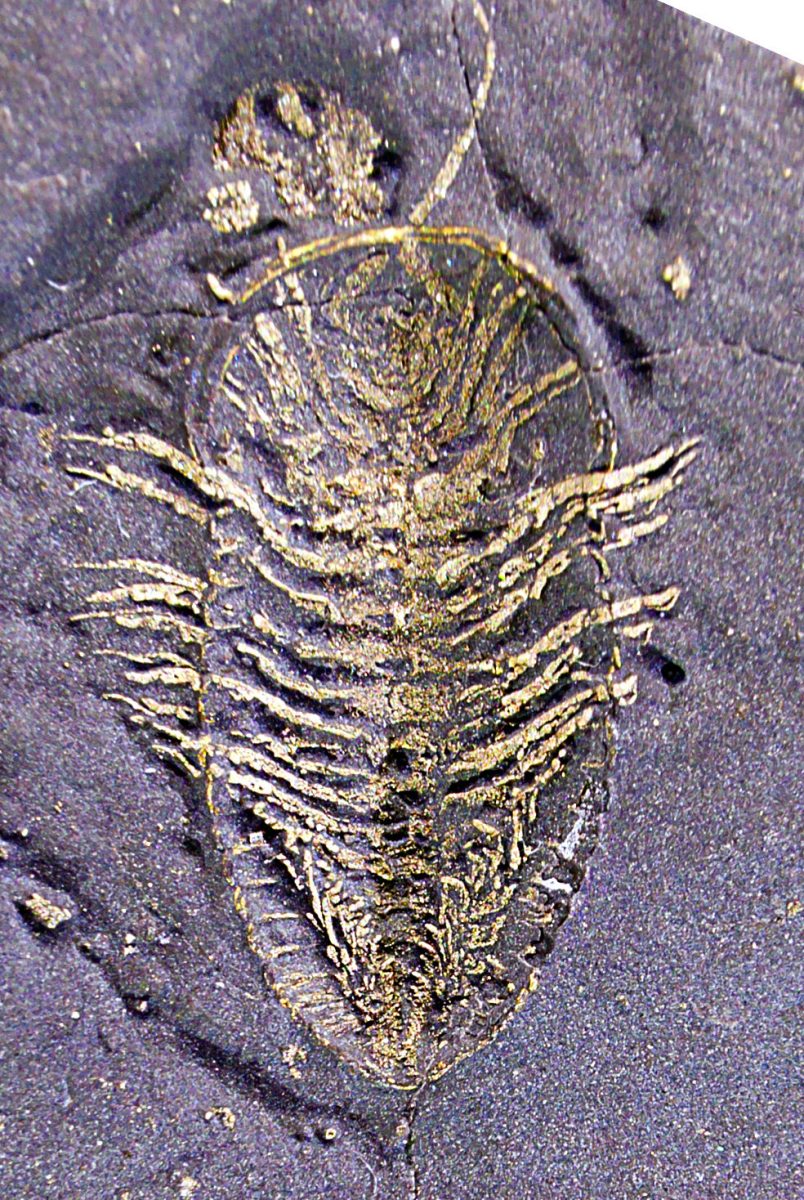The prospect of holding and observing life, preserved from millions of years ago, has inspired many scientists.
For Thomas Hegna and his colleagues at Western Illinois University, the discovery of a unique trilobite fossil in upstate New York has allowed them to relive the youthful wonder of scouring riverbeds for rocks containing fossils, but this time with implications for understanding the evolution of invertebrate reproductive biology.
Trilobites are an extinct class of marine arthropods — invertebrate organisms with exoskeletons and segmented bodies similar to crustaceans, insects and spiders.
Evolutionarily related to modern horseshoe crabs, trilobites have been dated as old as 520 million years and disappeared in the mass extinction events that occurred 250 million years ago.
With more than 17,000 species identified from across the trilobites’ 270 million year existence, there has been extensive research into trilobite morphology and evolutionary development. And yet, until recently, we knew nearly nothing about the most important aspect of trilobite success: reproduction.
In a recent publication in Geology, Hegna identified a 450 million year old fossilized trilobite specimen as Triarthrus eatoni. Accompanied by a cluster of trilobite eggs, this fossil offers new information regarding early arthropod reproductive biology.
Researchers visualized the trilobite fossil in three-dimensions using computed tomography scanning, which is the same process used to perform medical CT scans. Fossilized eggs were identified in a cavity behind the head segment.
Before conclusions could be drawn about this surprising find, however, researchers had to overcome several hurdles, including the hundreds of millions of years separating humans from T. eatoni. Without a living specimen to study, they turned to a modern relative of the trilobite for comparison: the horseshoe crab.
Consistent with horseshoe crabs, fossils show that neither male nor female trilobites possessed specialized external genitalia. The lack of external sex organs further suggests that male trilobites probably clustered around females during mating seasons to release sperm at the same time and place as eggs were released, increasing fertilization chances.
Hegna and colleagues speculated that eggs and sperm likely developed in genital pores just behind the head and were released to be fertilized and brooded externally.
Despite the challenges of studying an extinct species, many important conclusions can be drawn from comparative biology using known evolutionary relatives.
The fossil found in upstate New York was the first identified to include both a trilobite and eggs, allowing groundbreaking analysis by Hegna and colleagues.
But this is only the beginning. Armed with new knowledge of trilobite eggs and theories of external fertilization, researchers can begin to understand the reproductive processes of early arthropods to further uncover evolutionary secrets hundreds of millions of years in the making.
Categories:
Tigra Scientifica: Finally … fertile fossils!
Adam Luthman, Contributor
March 6, 2017
0
Donate to The Tiger
Your donation will support the student journalists of Clemson University. Your contribution will allow us to purchase equipment and cover our annual website hosting costs.
More to Discover









